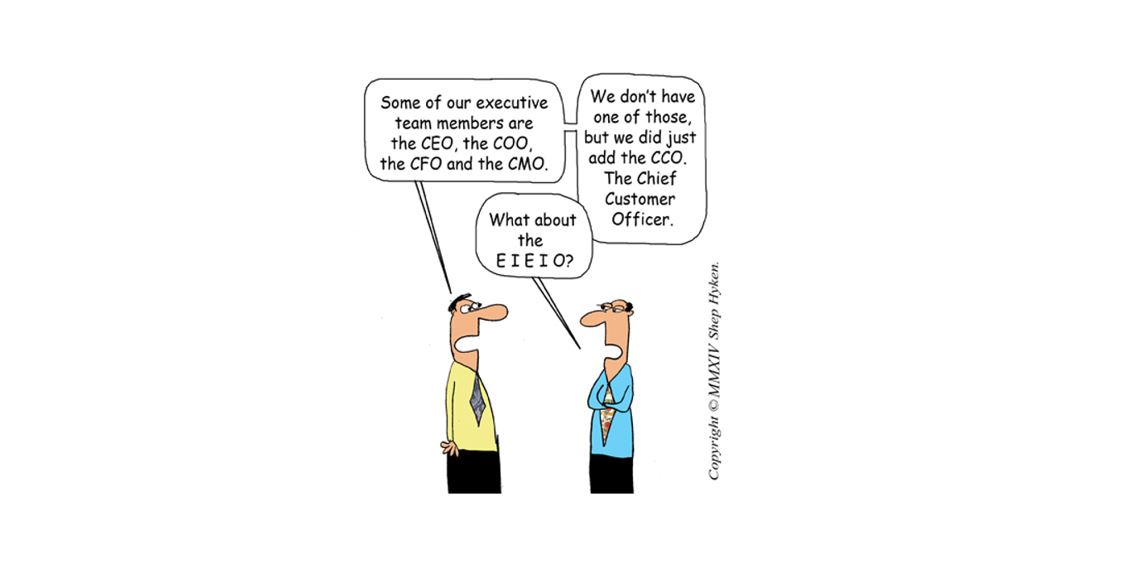When you look at studies about the customer experience (CX) maturity levels in organisations, an often used plus is the presence of a Chief Customer Officer in the board of the organisation.
I would like to challenge this maturity assumption or at least put the assumption in perspective.
Easy year one
An organisation that starts with a customer experience (CX) or employee experience (EX) program often starts with a program manager who has the support of the board.
You start building the right measurements, share the first results, train colleagues to improve based on these insights and you’re off.
This is often year one.
And the year that everybody loves the new program and there are hardly any obstacles. Perfect!
Tricky transition to year two
The end of year one is the biggest failure risk for CX programs.
This is the moment where the program has to evolve to be integrated in the operations and no longer operate as a separate program.
It’s the point where everyone has to realize that CX is not something extra, but is something that you can integrate in your daily jobs.
And that leadership needs to integrate it in their way of steering the organisation, leading by example.
This is often the moment when an organisation decides to create a Chief Customer Officer role in their board.
Sense
The idea of the Chief Customer Officer can only be applauded.
Making sure customer experience is on the agenda, being a mirror for the other members of the board, managing stakeholders etc.
So far so good and here you could argue that installing a Chief Customer Officer makes sense.
As a temporary role, to get CX on the agenda at the right level on the organisation.
Risk
The organisation puts the CCO in place to make sure that customer experience and customer centricity gets the right attention.
And that it is translated into practice and is embedded throughout the entire organisation.
Which works well at the start, but will be counterproductive precisely in the phase of embedding in the organisation.
Because embedding in the organisation means that throughout all departments, both operations and staff, everyone needs to understand what their role is in improving customer experience.
Meaning everyone needs to take ownership and lead by example.
That’s where the CCO can become an ‘easy decoy’:
Everyone is looking at the CCO for customer experience instead of looking at their own role how they can – and must – integrate customer experience in everything they are doing.
Yes integrating, not doing something extra.
Non Sense
When you think about it, it is pretty strange that organisations need someone who focuses their attention on the customers.
Since the customers are the reason of being of everyone in that same organisation.
So in the short term, yes it might help to start CX and get it on the agenda.
Let’s say in year one, maybe year two.
But the longer you keep the Chief Customer Officer role, the longer it takes and harder it is to really embed customer experience in all facets of your organisation.
And that is what you need to make customer experience a success.


